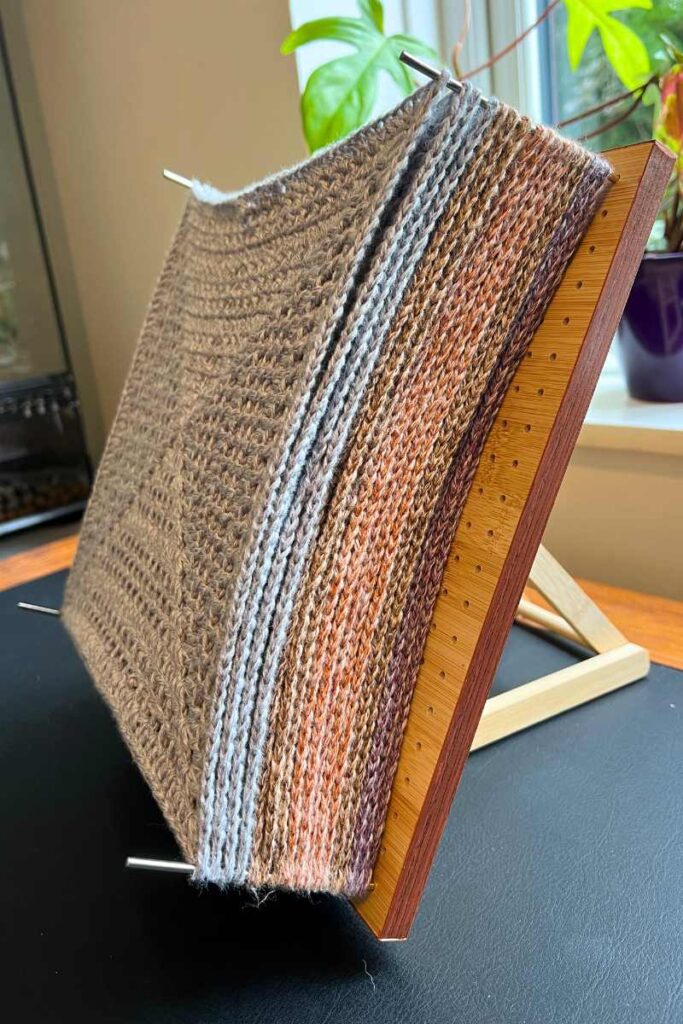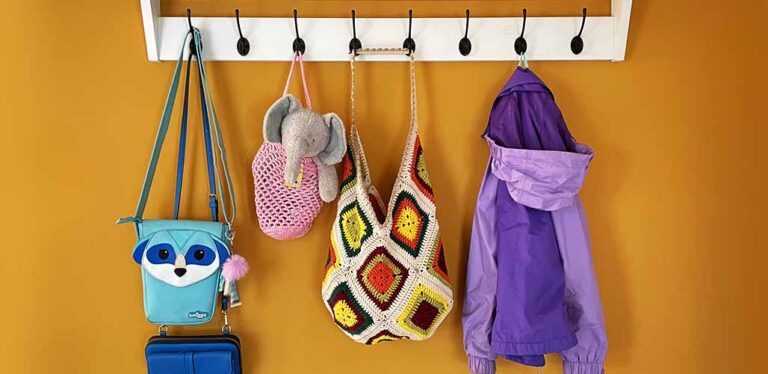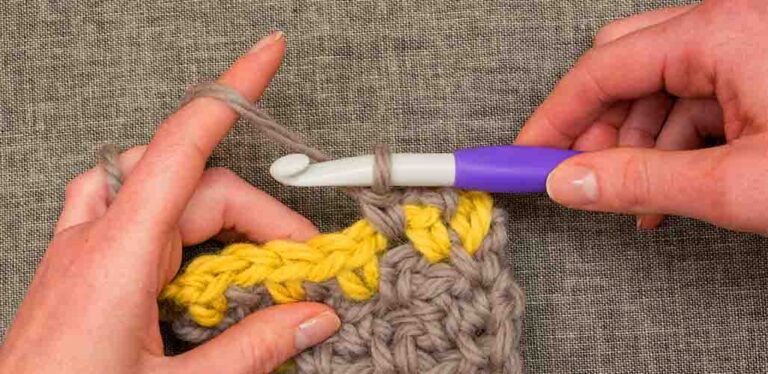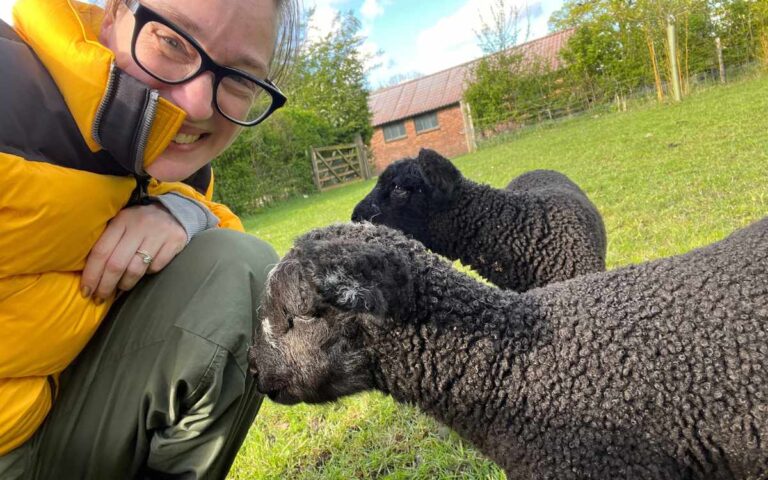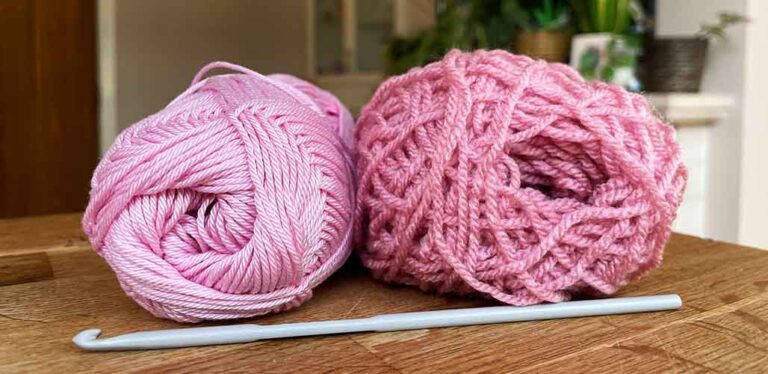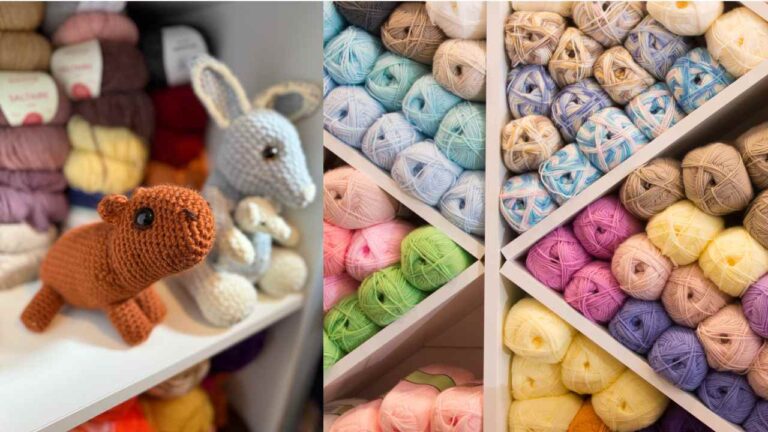Crocheting with Cotton Yarn

Cotton yarn has a varied reputation.
If you’re new to crochet you’d be forgiven for being completely confused by the mixed messages you get when you research crocheting with cotton yarn. You’ll hear people simultaneously calling it soft and hard, tough and prone to splitting, easy to machine wash and likely to leach dye when wet.
It can be hard to push through the conflicting information, to find the truth. But the fact is that there is so much conflict in these pieces of information, because there is a bit of truth to them all. It just depends on a few factors.
There are a number of different cotton yarns on the market, and most are actually better described as cotton blends. They combine cotton fibers with acrylic, silk or even wool fibers. As a general rule of thumb, the higher the percentage of cotton the stronger, but also rougher, the yarn will be.
The DO’s
DO Check the texture
Cotton yarns vary quite a lot in terms of how they feel, but they are more likely to be rough and hard than some other fibers. If you are someone who finds the texture of some yarns offputting like me, then make sure to test the yarn before you buy it.
Run your hands over the skein, and if possible run a strand of yarn back and forth between your fingers. If you already own the yarn, make up a little swatch of a few stitches and rub it gently on your face too. If you don’t like the feel, then it isn’t the cotton yarn for you!
DO Inspect for splitting and fluffy patches
The two main complaints I hear about quality when it comes to cotton yarn regard splitting and fluffing.
Interestingly, for me personally the splitting problem is a much more common one. I get around this by really closely inspecting the yarn, visually and if appropriate with a couple of simple tests. I gently tug the yarn strand a few times, and then rub down the sides of the strand to see if the fibers easily separate.
DO Use an ergonomic hook
Cotton yarns are strong and fairly rigid, which means that they have less give and elasticity. This makes them great for projects that require strength, but it also means that they are harder to work. You’ll need to put more physical effort into your tension, hold and hooking with cotton yarn, so to mitigate this make sure you use an ergonomic hook that supports your hand a little more.
DO Double check your throat
The throat of your hook, I’m sure your own throat is fine!
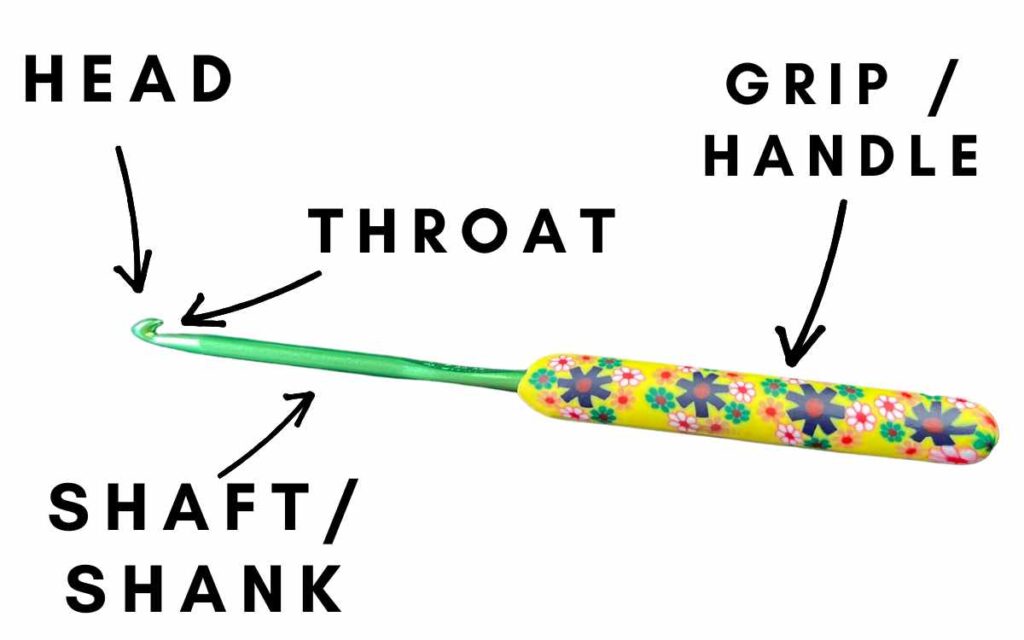
This is important because a hook that has little burrs in the throat can catch on the yarn and make it more likely to break. It also totally impedes your enjoyment of crocheting with it, because it keeps catching so you need to stop hooking!
DO Use it for structural projects
Because it’s strong and doesn’t stretch, this material is ideal for structured and weight carrying projects. I often use it for bags, and it holds up really well to plenty of practical uses. No dropping your shopping all over the floor or changing the shape of the bag when you carry something a bit heavy!
DO Take account of the yarn’s weight
The flip side of being strong is the weight that comes with it. Cotton yarn is heavier per stitch than acrylic or wool equivalents. This means it is yarn hungry in terms of how many skeins you’ll need, and that your finished project will have some extra weight to it.
I’ve got a beautiful granny square blanket that I made with cotton blend yarn, and it weighs considerably more than any of my equally sized acrylic afghans.
DO Use it for coasters or mats
As yarn fibers go, this one is probably the most likely to stand up well again heat. This makes it ideal for producing coasters, mats or dishcloths.
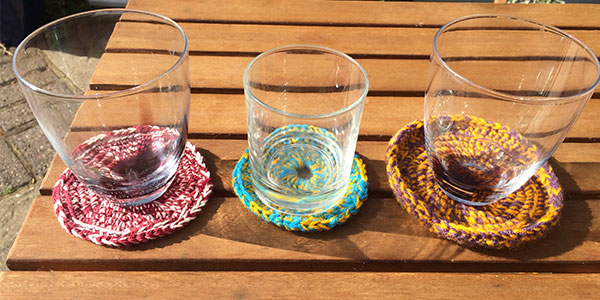
DO Use if you want good stitch definition
The rigid nature of this yarn makes it ideal for projects where you want good stitch definition. It’s a popular choice for amigurumi for this reason.
DO Check the cotton proportion
I have cotton blends ranging everywhere from 50% to 100% cotton. Most of mine are combined with silk, but others mix with acrylic instead. The balance and type of fibers make a big difference to how the yarn performs when you crochet it.
DO Check and record your dye lot
This matters for every single yarn you’ll ever buy, but it’s always worth mentioning. When you start a project, note down the dye lot of your skein. You’ll be so relieved if you need a little more to know what the exact match needs to be.
DO Consider your budget
Cotton yarn is one of the most expensive fibers to crochet with. Prices vary of course, and some very cheap cotton yarns will be lower cost than some of the most expensive acrylics, but as a general rule you’ll still pay more for cotton.
If you are on a very tight budget, it might be worth considering whether it’s worth the extra cash for cotton or whether a cheaper fiber will do the job just as well for your planned project.
DO Consider bamboo as an alternative
If you are worried about the environmental impact of cotton production then bamboo is probably the closest like for like substitute. However, in my opinion all the bamboo yarns I’ve tried magnify the downsides of cotton in terms of texture.
The DON’T’s
DON’T Assume you can stretch it out
There is very little give to cotton yarn. THis means that if you miss or add a stitch by accident it’ll show more on your finished project than it might if you were working in another fiber. It also means that the shape you crochet is more static. Blocking or stretching won’t go as far as it does for other yarn types.
Be aware of this when making garments especially.
DON’T Forget to check the washing instructions
Cotton yarn usually holds up well to washing, but it can still vary from skein to skein, especially if it’s a cotton acrylic blend. Make sure you are washing it on a heat that is approved by the manufacturer.
DON’T Wash with different colors
And consider washing it only with similar colors, because it is one of the yarn types that is most widely reported as bleeding dye when it’s cleaned.
DON’T Be careless with your tension
Due to the nature of the fibers, you need to have a little more focus and control on your tension than you might with other yarns. Variations in tension show up more, in my experience.
